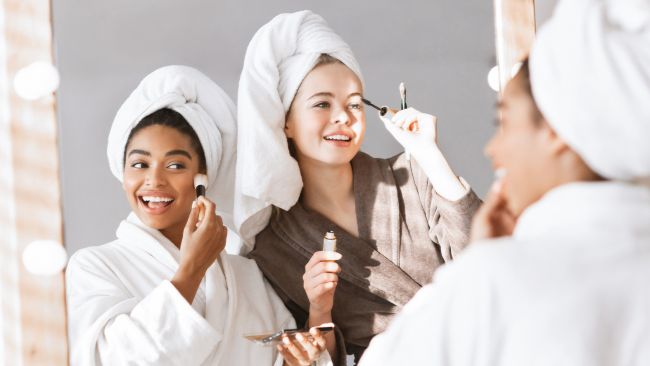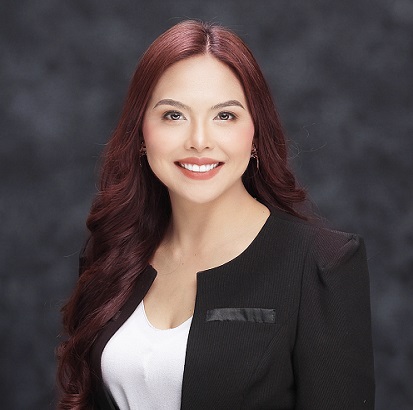Conveying Beauty Through Language – A Closer Look into the Beauty and Cosmetics Industry
 The beauty and cosmetics industry recognized and accepted worldwide, is considered an empire of considerable size. New beauty trends are popping up every day as people keep experimenting with various products and methods and sharing them through social media. The culture of makeup has given rise to makeup artists of all kinds, who often transform a face into an actual work of art.
The beauty and cosmetics industry recognized and accepted worldwide, is considered an empire of considerable size. New beauty trends are popping up every day as people keep experimenting with various products and methods and sharing them through social media. The culture of makeup has given rise to makeup artists of all kinds, who often transform a face into an actual work of art.
The future of the beauty and cosmetic industry is incredibly promising. In fact, in 2018 and 2019, the industry experienced its highest level of growth, while the 2020 annual turnover was close to USD $700 billion worldwide, and the forecasted global beauty industry spending is expected to top USD $716 billion by 2025, according to some beauty industry reports.
Nowadays, the standards of beauty and cosmetics are constantly changing and are quickly adopted across many cultures and borders. The industry has grown significantly across the globe with the help of social media platforms, with an international market composed of many different cultures and languages. In this blog, we will highlight the importance of translation and localization to cater to different target audiences and boost revenue within the international market.
A Quick Glimpse into the Beauty and Cosmetics History
In ancient times, cosmetics were not seen as a key to rejuvenation as they are today but instead were used as a preparation for celebrating notable events, such as funerals and ritual acts.
The history of cosmetics dates back to ancient times. It is said to have originated in 10,000 BC, and Egyptians are said to be among the first to use cosmetics. In the First Dynasty of Egypt, women used powdered kohl for their eyes and henna for their lips, and the predominant color for eye makeup was dark green. We all have in mind the colors and tricks used by ancient Egyptians based on the many historical books and museum exhibits we’ve seen.
The Greeks and Romans held contrasting opinions regarding cosmetics; while the Greeks favored a minimalistic approach, reserving makeup solely for courtesans, the Romans indulged in excessive use of cosmetics. In Japan, Geishas used extreme beauty practices to keep their face and body white.
The Language of Beauty and Cosmetics
Language is the major cultural component to remove barriers when entering a new market. Therefore, when targeting international markets, it’s vital to convey your message using the language of the locale so that your audience can easily understand the message you want to communicate. It is also the key to staying ahead of the competition, by having your campaigns and marketing materials localized into the languages of your target market you will contribute to the success of your marketing campaigns and effectively promote brand awareness.
Some of the critical content that needs to be localized can include the following:
- Website content
- Marketing campaigns
- Commercial documents
- Promotional materials
- Brochures and factsheets
- Articles in specialized magazines
- Fashion e-commerce sites
- Product labels
- Blogs
- Apps
Many multinational beauty and cosmetic companies in this industry started locally and expanded their businesses internationally with successful brand campaign advertising and effective promotional strategies. To be able to reach a wide audience, it is necessary to have content translated into the languages of your target market. Beauty and cosmetic content can be very tricky with their unique characteristics therefore, it is crucial to ensure that the message you are trying to convey globally is perfectly translated or transliterated (adapting the concept of the source material for the target audience so that it is well-received) by professional translation experts with experience in the beauty and cosmetic fields.
Conclusion
The beauty and cosmetic industry is a sector with a significant international presence. The rise of the internet and e-commerce has helped the industry increase its sales by targeting global audiences. The beauty and cosmetics industry has a unique language with many specific key terminologies that need to be conveyed correctly in target markets. To be successful and stay ahead of the competition, companies should be open to having their content for products and services available in multiple languages to help increase online traffic and sales conversions.
References:
